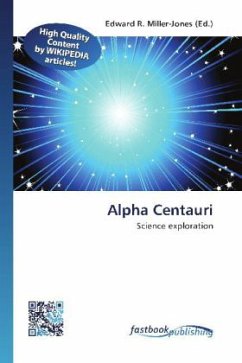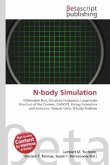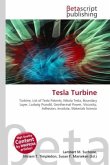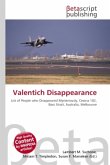Please note that the content of this book primarily consists of articles available from Wikipedia or other free sources online. Omega Centauri or NGC 5139 is a globular cluster seen in the constellation of Centaurus, discovered by Edmond Halley in 1677 who listed it as a nebula. Omega Centauri had been listed in Ptolemy''s catalog 2000 years ago as a star. Lacaille included it in his catalog as number I.5. It was first recognized as a globular cluster by the English astronomer John William Herschel in the 1830s. Orbiting the Milky Way, it is both the brightest and the largest known globular cluster associated with our galaxy. Of all the globular clusters in the Local Group of galaxies, only Mayall II in the Andromeda Galaxy is brighter and more massive. It is so different from other galactic globular clusters, it is thought to be of different origin. Omega Centauri is located about 15,800 light-years (4,850 pc) from Earth and contains several million Population II stars. The stars in its center are so crowded that they are estimated to average only 0.1 light years away from each other. It is about 12 billion years old.
Bitte wählen Sie Ihr Anliegen aus.
Rechnungen
Retourenschein anfordern
Bestellstatus
Storno








